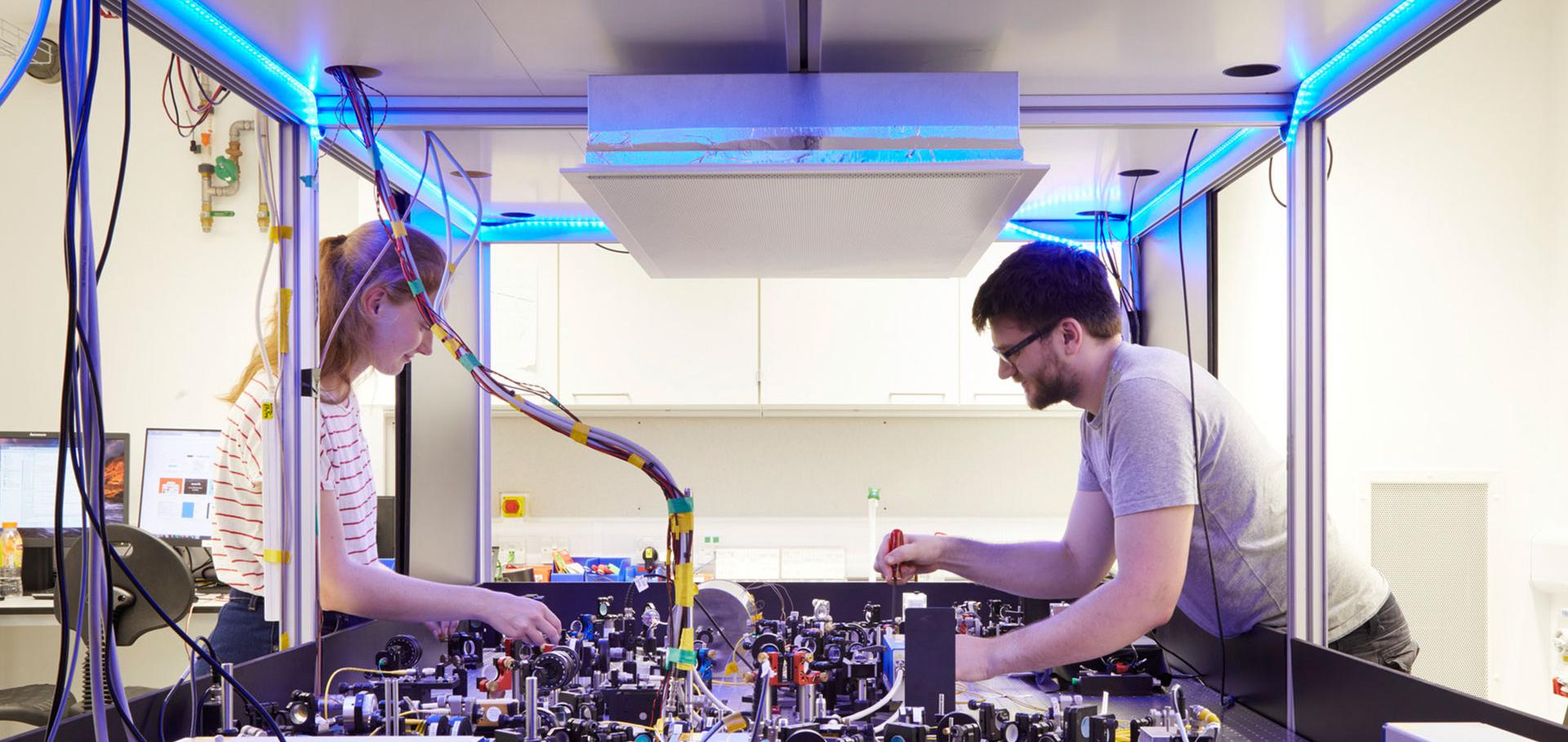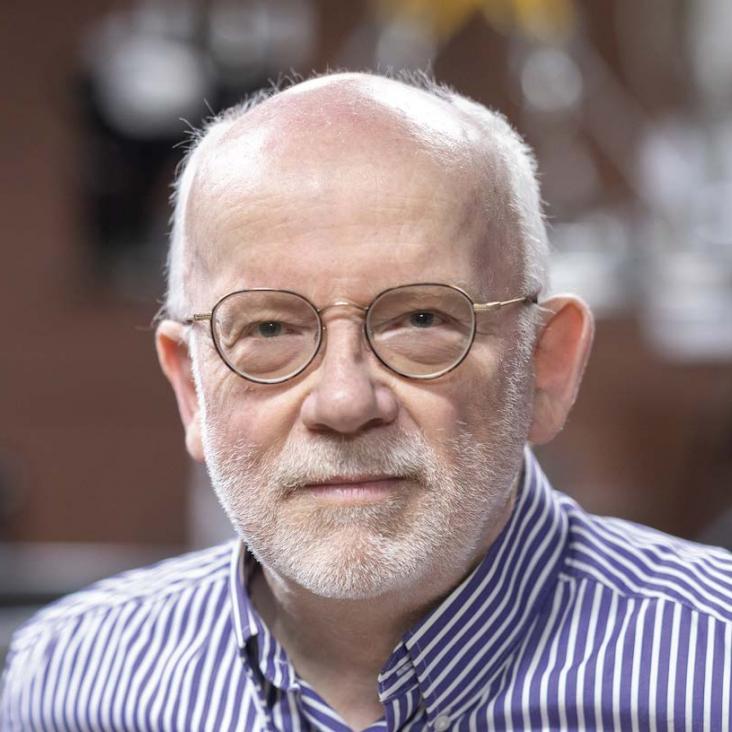Measuring the oscillator strength of intercombination lines of helium-like V ions in a laser-produced-plasma
Journal of Quantitative Spectroscopy and Radiative Transfer Elsevier 256 (2020) 107326
Abstract:
We present results of measurements of the oscillator strength of intercombination lines of He-like Vanadium ions in high energy density (HED) laser-produced-plasmas and compare them with the simulations from commonly used codes and data from the NIST database. Whilst not yet sufficiently accurate to constrain different trusted atomic-physics models for the particular system studied, our results are in agreement with the available data within experimental error bars, yet differ from cruder approximations of the oscillator strength used in certain atomic-kinetics packages, suggesting that this general method could be further extended to be used as a measurement of the oscillator strength of additional atomic transitions under the extreme conditions that are achieved in HED experiments.Demonstration of femtosecond broadband X-rays from laser wakefield acceleration as a source for pump-probe X-ray absorption studies
High Energy Density Physics Elsevier BV 35 (2020) 100729
Corrections to weighted opacities and energy exchange rate in 3-T radiation-hydrodynamics
High Energy Density Physics Elsevier BV 35 (2020) 100734
X-ray-line coincidence photopumping in a potassium-chlorine mixed plasma
Physical Review A American Physical Society 101:5 (2020) 53431
Abstract:
Exploiting the multiple long pulse capability and suite of x-ray diagnostics of the Orion laser, we have set out to explore line coincidence photopuming—the enhancement in population of an atomic level brought on by resonant absorption of x rays from a different emitting ion. Unlike previous work, the two ions are in the same plasma and so the experiment is an x-ray analog of the well-known Bowen resonance fluorescence mechanism that operates in astrophysical situations in the optical region. Our measurements have shown enhanced fluorescence in a chlorine plasma, attributable to line coincident photopumping from co-mixed potassium ions. To detect this relatively low signal-to-noise phenomenon, the data from multiple shots are combined, and the statistical method of bootstrapping is used to assign a confidence value to the measured enhancement, resulting in an estimate of the enhancement of 39 ± 16 18% compared to the null case, where no pumping occurs. The experimental results have been compared to coupled radiation-transport and radiation hydrodynamics simulations using the cretin code together with the nym radiation hydrodynamics model and agreement has been found, with the simulations also predicting modest enhancement.Potential of prompt γ-ray emission studies in fast-neutron induced fission: a first step
The European Physical Journal A Springer Nature 56:3 (2020) 98


